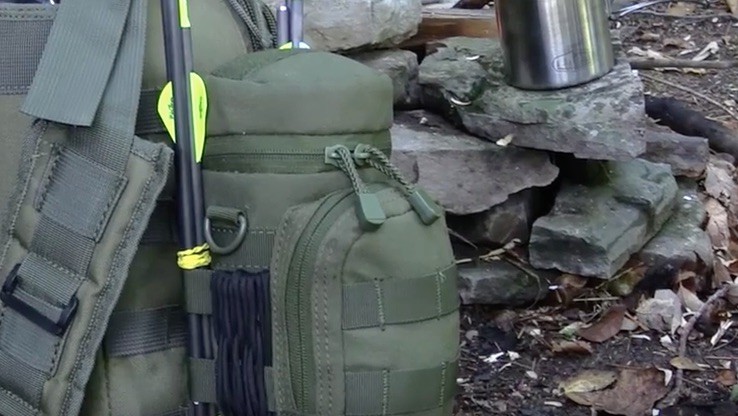Unless you are preparing for a very minor survival incident, say, the power goes out for an afternoon, bug-out bags or survival kits can be tricky to put together.
What to pack and how to pack it, where to store it and how to ensure it meets all your needs can be a challenge; here are some general guidelines.
What is a Bug-out Bag?
First, let us define a bug-out bag. This is a pack preloaded with tools to help you survive if you are forced out of your home. Experts say that the average bug out situation lasts between two and three weeks, so you need enough supplies to at least get you through that time frame.
Many bug-out bags are labelled as “72 hour bags”. However, in theory the same supplies that help you survive three days would help you survive for a week or two.
This theory is called the survival clock. Let us not confuse this bag with a get-home bag, which is intended to get you back home from the office or from your car. Your list of tools will vary quite a bit between these two scenarios.
Pre-packed Bags
I do want to take a moment to address pre-packed bags you can purchase online. First of all, these are very expensive. You could easily spend several hundred dollars on one of these packs. More importantly, survivalists who buy pre-packed bags are less likely to break into the pack and become proficient with the tools inside. By forcing yourself to hand pick each item, it ensures that you will be more prepared if you have to use the bag in a survival situation.
Which Bag is Right for You?
We can start by discussing the bag itself. The size you choose will be determined by how much gear you pack, which is in turn determined by your skill level. The more experience I gain with survival techniques, the less gear I need to pack.
Also, try to avoid any packs that would make you stand out in a crowd. Other people may be desperate in this situation and may try to steal supplies from those that are more prepared. If you can keep your pack size down to a normal back pack, this is ideal. If not, you definitely want it to have an internal frame. Packs with external frames scream “I have lots of gear, come and take it.”
Rules for Packing your Bag
As you start to look at items to pack, take a look at the four pillars of survival: food, water, fire, and shelter. In addition, you may consider first aid and signaling to be two secondary priorities. Some general rules to consider on every piece of gear are as follows:
• Ask yourself if you absolutely need it. This is especially true of large or heavy items. For example, there is no point in taking a cast iron skillet if you can take something lighter and smaller for cooking. I always try to keep my pack weight under 25 lbs.
• Always comparison shop. Every time I choose a piece of gear for my pack, I get online to see if I can find a more effective, lighter, smaller, or cheaper option. In just a matter of minutes you may save a few lbs or save a few dollars.
• Make sure you have a plan B. The one thing you can say about every survival situation is that something unexpected will go wrong. Instead of just taking waterproof matches, take a ferro rod as well. This way you can still light a fire if you run out of matches.
• Do not just think of yourself. In many cases you will have family or friends with you, so consider their needs when you pack. Also, try to bring items for bartering if you have the space. Cigarettes are an item that takes up little space but would be in high demand. You can pretty well ask for whatever you want if you have smokes and nobody else does.
Organizing and Testing your Gear
Once you think you have your bug-out bag put together, you are just getting started. Try taking it with you for some primitive camping. You will quickly realize that some items are not important while others are vital. When you get home, reevaluate the items in your bag and make changes as needed. Remember to shop around and you should be able to keep cost to a minimum. All of the gear I have ever used in my bag cost me about $140. That being said, I have removed more than half of those items. At this moment my pack only has about $65 of gear inside.
One other point to mention is that you can carry small gear outside of your pack. With cargo pants I have six pockets in my pants and five pockets in my jacket. I can put my knife and hatchet on my belt, and use carabiners to attach other items to the outside of my pack. It does not help with the weight, but it does give you a little more space in your pack.
As you build or modify your kit, these general guidelines should form the foundation you need to ensure your bug-out bag or survival kit can meet just about any challenge you might face in a survival situation.
It also will ensure you do not include in your kit or bag stuff that you really do not need.
To learn more about what survival items to pack in your bug-out bag or survival kit, check out the Bug Out Experts.
Featured Image via YouTube

Tia Rittorno